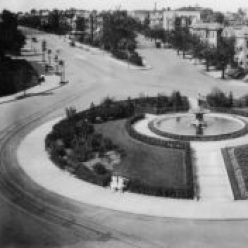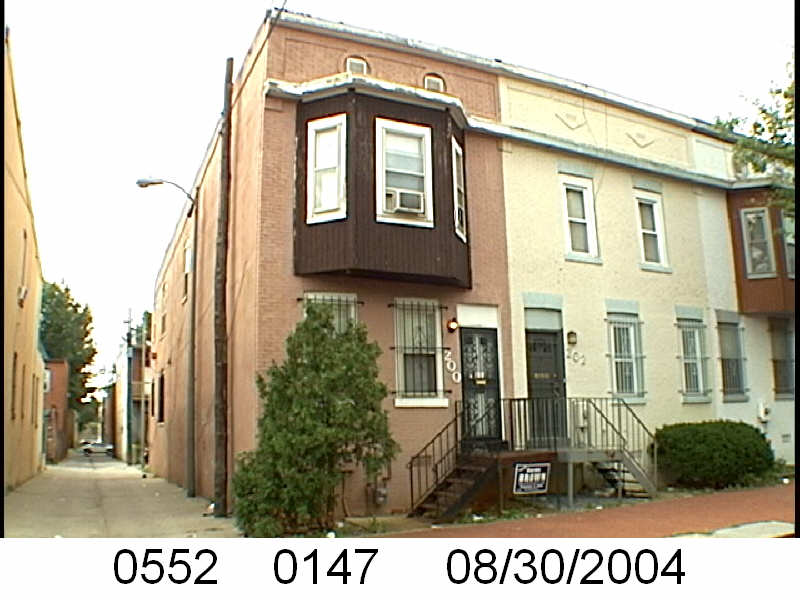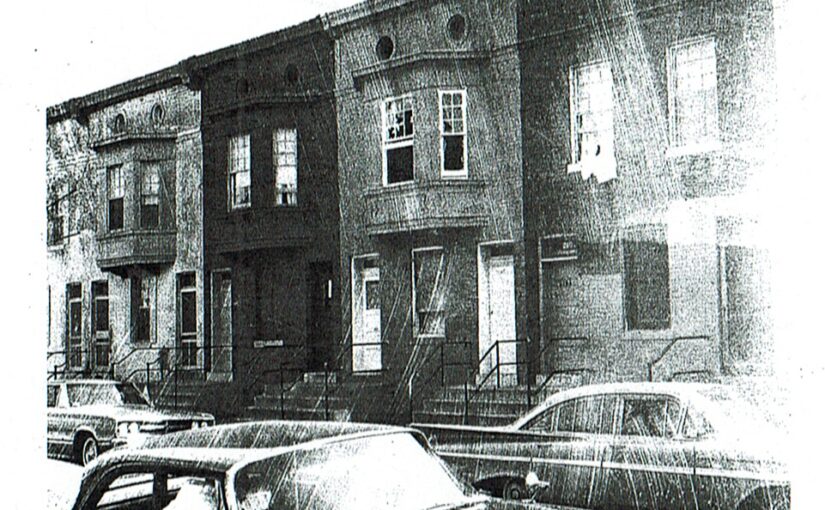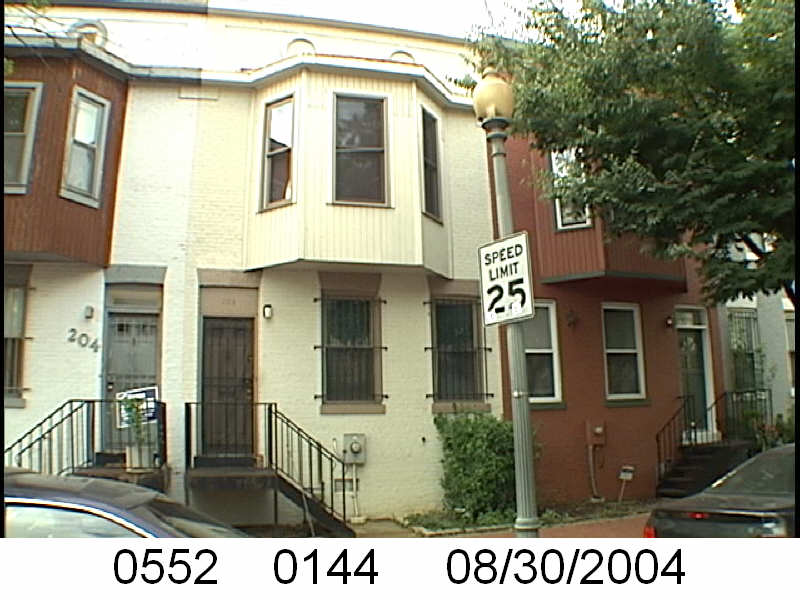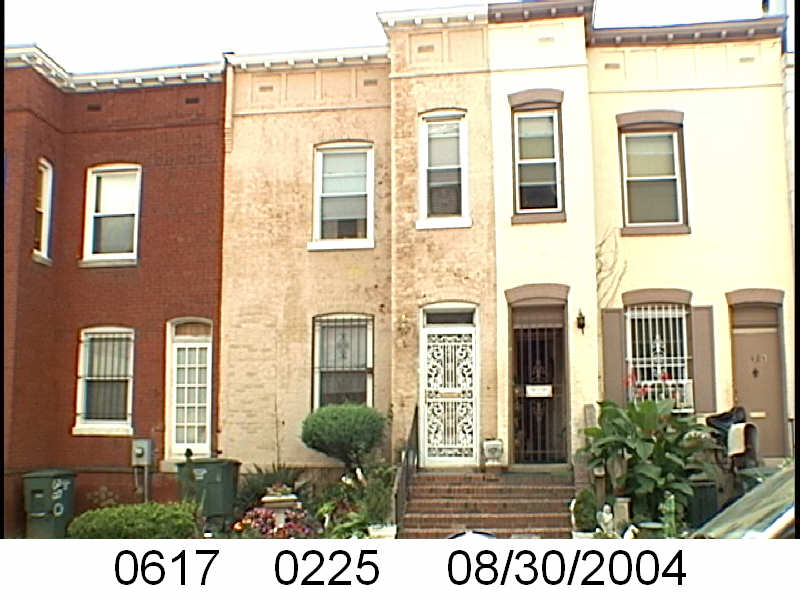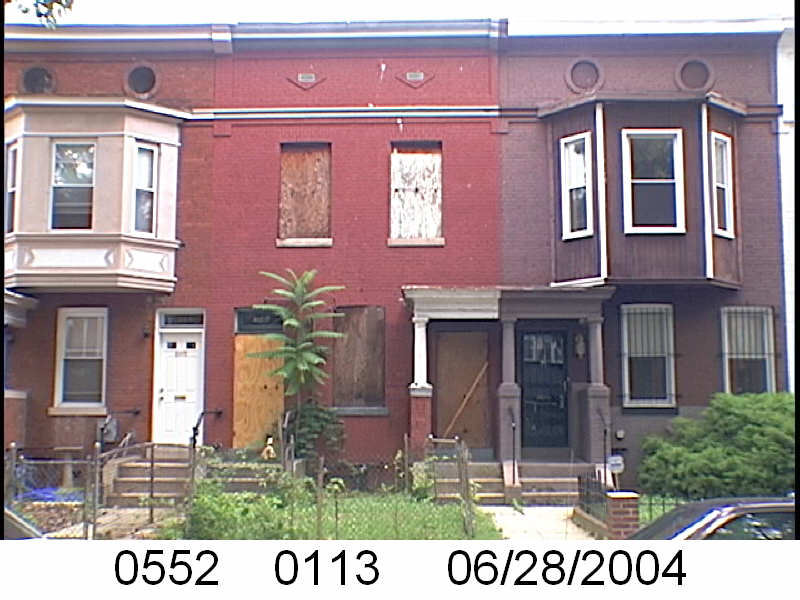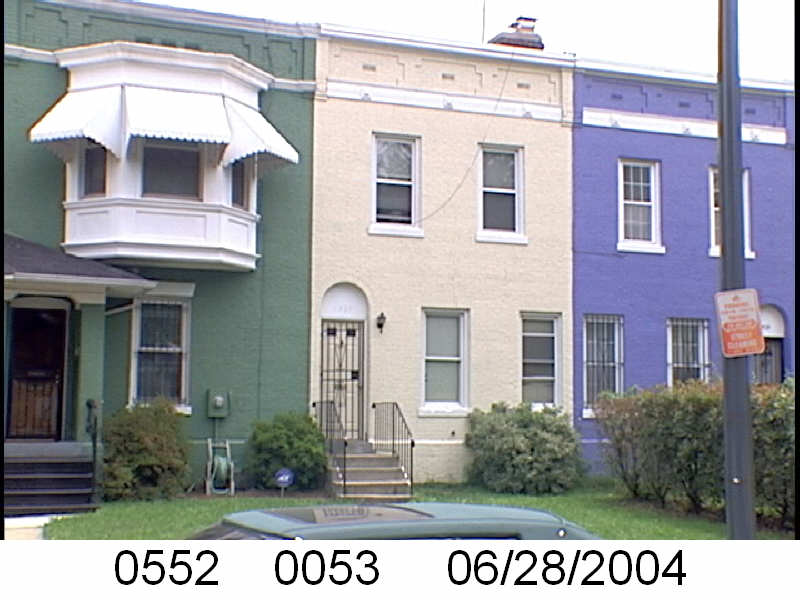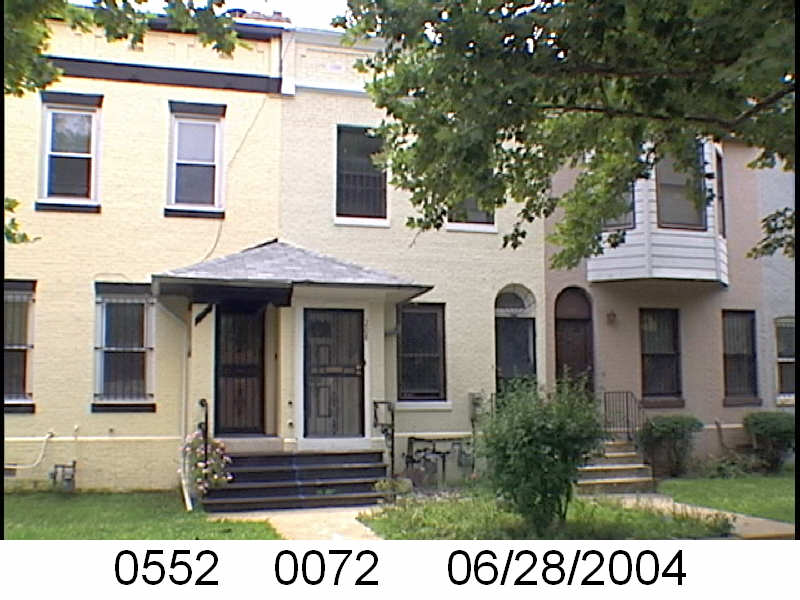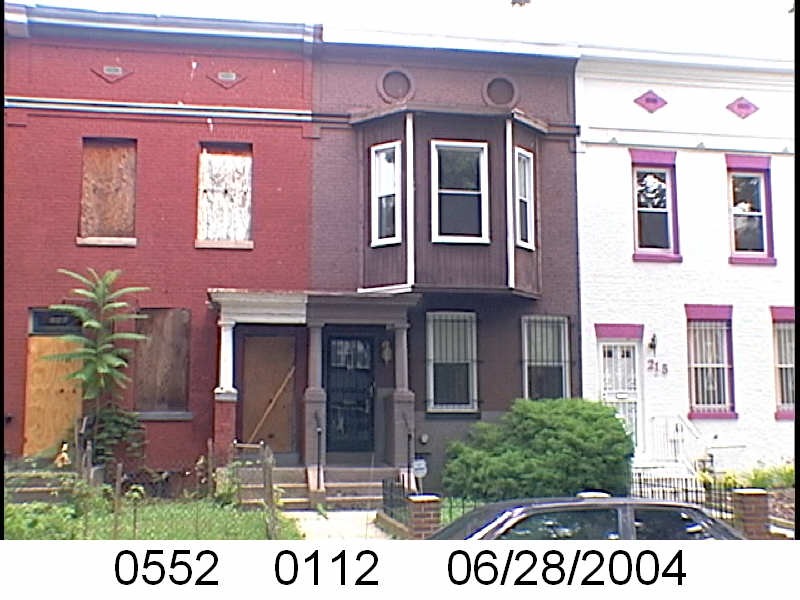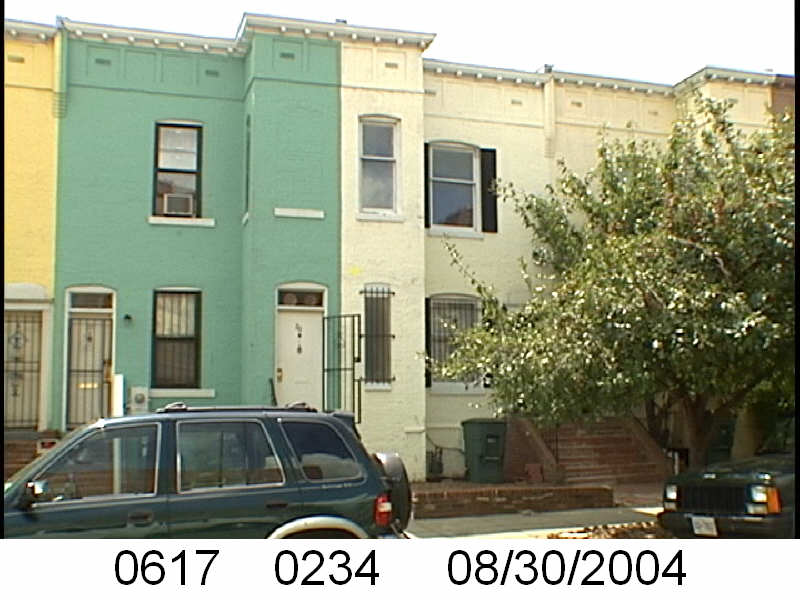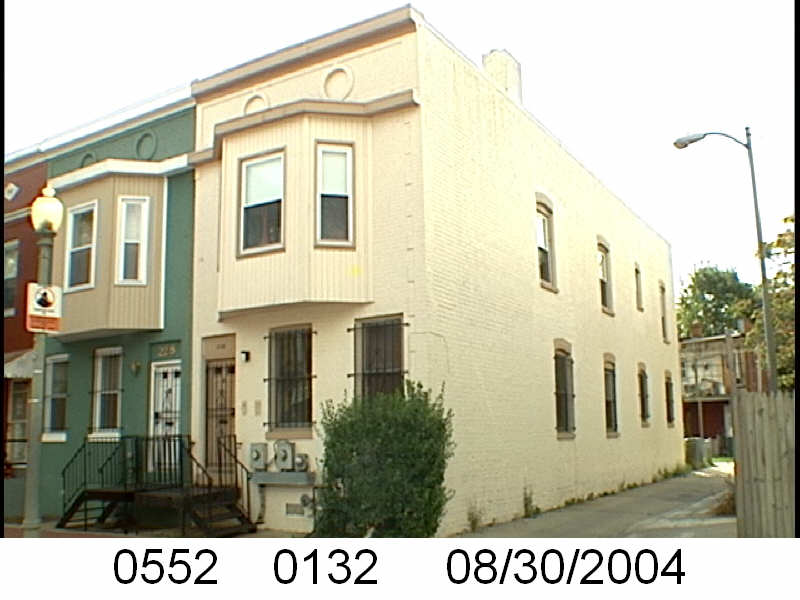The Washington Sanitary Improvement Company (WSIC) was a late 19th century charitable capitalism experiment that ended in the 1950s. This blog started looking at the homes that were supposed to be sold to African American home buyers, after decades of mainly renting to white tenants.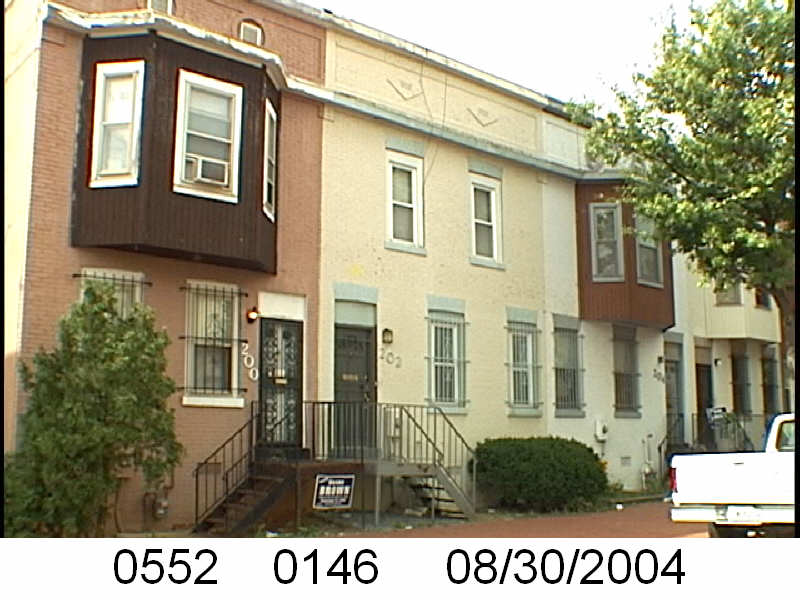
Looking at WSIC properties they tend to have a pattern where the properties were sold to a three business partners, Nathaniel J. Taube, Nathan Levin and James B. Evans as the Colonial Investment Co. for $3 million dollars. Those partners sold to African American buyers. There was usually a foreclosure. Then the property wound up in the hands of George Basiliko and or the DC Redevelopment Land Agency (RLA). Then there were the odd lucky ones who managed to avoid that fate.
Let’s see what happens with 202 Bates St NW:
- December 1950 (recorded Jan 18, 1951) Evans, Levin and Taube sold one-half of 202 Bates NW to Louis and Mattie C. Cunningham.
- December 1950 (recorded Jan 18, 1951) the Cunninghams borrowed $2,525 from Colonial Investment Co. favorite trustees Abraham H. Levin and Robert G. Weightman.
- December 1950 (recorded Feb 1, 1951) Evans, Levin, and Taube sold the other half of 202 Bates St NW to Frank and Nora Coleman.
- December 1950 (recorded Feb 1, 1951) the Colemans borrowed $2,525 from trustees Abraham H. Levin and Robert G. Weightman.
- May 1956 the Colemans lost their half to foreclosure and via an auction it returned to the ownership of Evans, Levin and Taube.
- June 1958 the Cunninghams lost their half to foreclosure and through an auction Colonial Investment partners Harry A. Badt, James B, Evans, and Nathaniel J. Taube.
- June 1958, as part of a property package, the Badts (Harry A. and wife Jennie) transfer/sold their interest in 202 Bates St NW to Nathan Levin’s survivors.
- March 1959, as part of a larger property package, Badt, Evans, Taube, Levin’s survivors, and their spouses sold 202 Bates St NW to Sophia and George Basiliko.
- Between 1971/72 and 1982 Basiliko sold the house. I suspect to DC RLA but I can’t find the document for that and other properties.
- April 1982 the BSA Limited Partnership sold/ transferred the house to the District of Columbia government.
- January 1983 the District of Columbia government sold it to its current owner.
Well that was short. Sold in parts, and both parts foreclosed upon and landing in the portfolio of a slumlord within 9 years.
